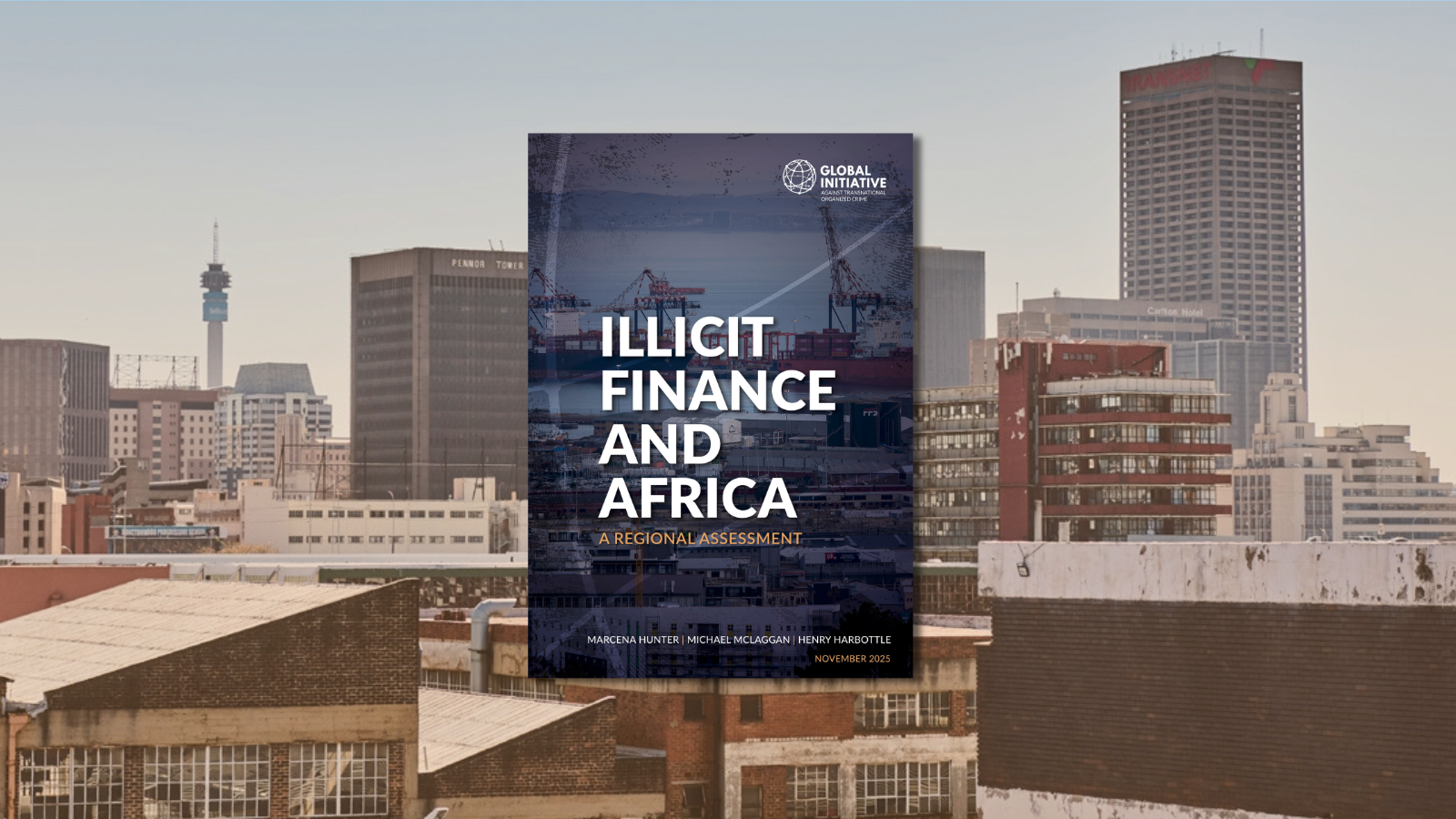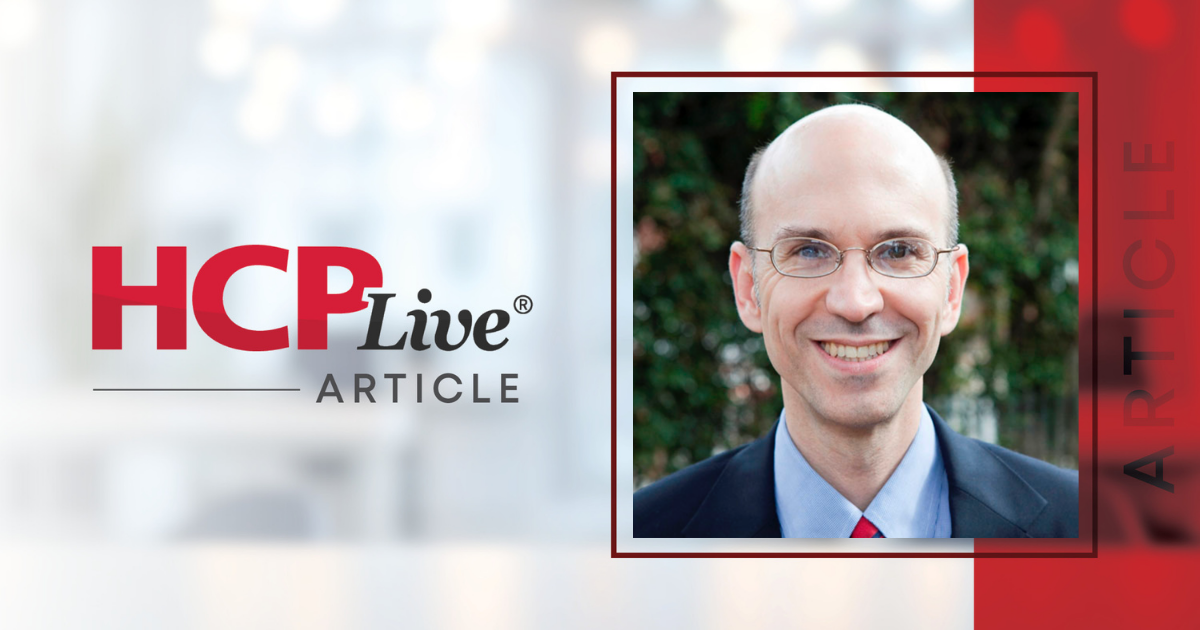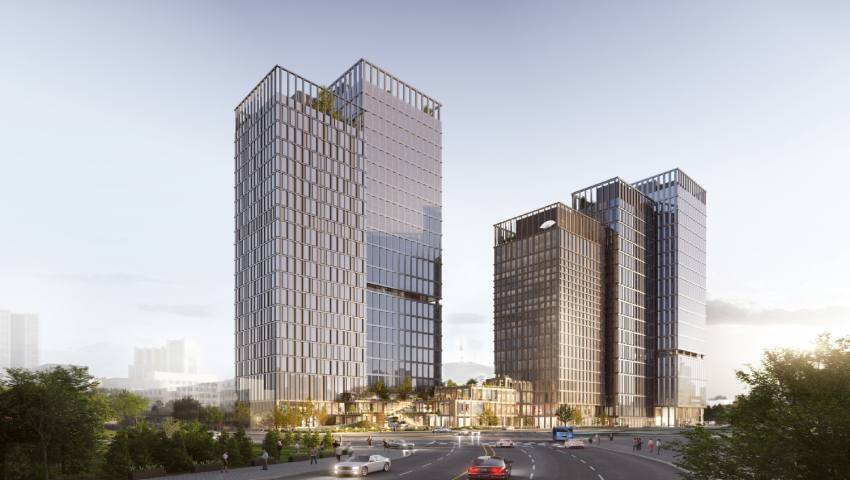Letter: Howard County building code updates a win for consumers – The Baltimore Banner

Report on Howard County’s New Building Codes and Alignment with Sustainable Development Goals
Introduction
In July 2025, the Howard County Council enacted legislation establishing advanced building codes for new construction projects. This policy initiative is designed to enhance energy efficiency, reduce long-term utility costs for residents, and improve public health and safety. The new regulations represent a significant step towards aligning local development with global sustainability targets, particularly the United Nations Sustainable Development Goals (SDGs).
Key Provisions and Immediate Impacts
The updated building codes introduce several key mandates for new homes and commercial buildings:
- Enhanced Energy Efficiency: The legislation requires new constructions to meet higher standards for energy efficiency. This proactive investment is projected to lower energy consumption, resulting in substantial long-term cost savings on utility bills for homeowners and tenants.
- Electrification-Ready Infrastructure: New buildings must be wired to support electric appliances, including high-efficiency electric heat pumps. This provision expands consumer choice and removes financial barriers, such as costly panel rewiring, for residents wishing to adopt cleaner energy technologies.
- Climate Resilience and Comfort: By improving building envelopes and efficiency, the codes ensure that homes remain safe and comfortable during periods of extreme weather, such as heatwaves with a heat index exceeding 100 degrees Fahrenheit.
Alignment with Sustainable Development Goals (SDGs)
The passage of this legislation directly supports the advancement of several key SDGs:
-
SDG 7: Affordable and Clean Energy
- The codes promote energy efficiency, which lowers household energy demand and makes energy more affordable for all residents.
- By mandating that new homes are ready for electric appliances, the policy facilitates a transition away from fossil fuels towards cleaner energy sources, contributing to the goal of increasing the share of renewable energy in the global mix.
-
SDG 11: Sustainable Cities and Communities
- The legislation contributes to creating inclusive, safe, resilient, and sustainable housing.
- By building “smart from the start,” the county is reducing the environmental impact of its urban areas and ensuring that new infrastructure is built to modern standards of sustainability and climate resilience.
-
SDG 13: Climate Action
- Improving energy efficiency in the building sector is a critical strategy for climate change mitigation. The new codes will directly reduce greenhouse gas emissions associated with heating, cooling, and powering buildings in Howard County.
- This local action strengthens resilience and adaptive capacity to climate-related hazards, such as extreme heat events.
-
SDG 3: Good Health and Well-being
- The policy enhances the well-being of residents by ensuring their homes provide a safe and comfortable thermal environment, protecting them from the health risks associated with extreme temperatures.
Implementation Context and Community Engagement
The successful passage of the building codes is noted as a result of sustained advocacy from grassroots community organizations, such as HoCo Climate Action, and significant engagement from local residents, including over 100 students. This widespread public support was instrumental in overcoming lobbying efforts by industry groups that opposed the legislation. The outcome highlights the effectiveness of inclusive decision-making processes in advancing local sustainability and climate objectives.
Analysis of SDGs in the Article
-
Which SDGs are addressed or connected to the issues highlighted in the article?
The article on Howard County’s new building codes addresses several Sustainable Development Goals (SDGs) by focusing on energy efficiency, sustainable infrastructure, and climate resilience.
-
SDG 7: Affordable and Clean Energy
The article’s core theme is the implementation of building codes designed to “lower energy bills” and promote “smart investments in energy efficiency.” It also discusses making it easier for residents to choose “highly efficient electric heat pumps,” which relates to the adoption of cleaner energy technologies.
-
SDG 11: Sustainable Cities and Communities
The legislation applies to “new homes and buildings” within Howard County, directly impacting urban and community development. The policy represents a form of sustainable planning aimed at creating safer and more resource-efficient housing, as mentioned by the goal to “keep families safe and comfortable in their homes.” The participatory nature of the legislation, driven by “grassroots advocates” and “hundreds of Howard County residents,” also aligns with this goal’s emphasis on inclusive and sustainable planning.
-
SDG 13: Climate Action
The article explicitly connects the new building codes to climate change resilience and mitigation. The codes help “keep families safe and comfortable in their homes even when the heat index tops 100 degrees,” which is a direct measure to strengthen adaptive capacity to climate-related hazards. Furthermore, improving energy efficiency is a key strategy for mitigating climate change by reducing energy consumption and associated greenhouse gas emissions.
-
-
What specific targets under those SDGs can be identified based on the article’s content?
Based on the issues discussed, several specific SDG targets can be identified:
-
SDG 7: Affordable and Clean Energy
- Target 7.3: By 2030, double the global rate of improvement in energy efficiency. The article directly supports this target by describing the new legislation’s primary goal as making “smart investments in energy efficiency” to lower energy consumption in new buildings.
-
SDG 11: Sustainable Cities and Communities
- Target 11.1: By 2030, ensure access for all to adequate, safe and affordable housing. The new codes contribute to this by making housing safer during extreme heat events and more affordable through “long-term cost savings on utility bills.”
- Target 11.b: By 2030, substantially increase the number of cities and human settlements adopting and implementing integrated policies and plans towards inclusion, resource efficiency, mitigation and adaptation to climate change. The passage of “stronger building codes” in Howard County is a direct implementation of a local policy aimed at resource (energy) efficiency and climate change adaptation.
-
SDG 13: Climate Action
- Target 13.1: Strengthen resilience and adaptive capacity to climate-related hazards and natural disasters in all countries. The article highlights that the codes will “keep families safe and comfortable” during extreme heat waves with a “heat index tops 100 degrees,” which is a clear action to build resilience against climate-related hazards.
- Target 13.2: Integrate climate change measures into national policies, strategies and planning. Howard County’s action to pass legislation on building codes is an example of integrating climate change measures (both mitigation through efficiency and adaptation through resilience) into local-level policy and planning.
-
-
Are there any indicators mentioned or implied in the article that can be used to measure progress towards the identified targets?
The article mentions and implies several indicators that can measure progress:
-
Indicators for SDG 7
- Implied Indicator: Reduction in household energy costs. The article repeatedly mentions that the codes will “lower energy bills” and allow residents to “reap long-term cost savings,” suggesting that the monetary savings on utility bills is a key metric for success.
- Implied Indicator: Rate of adoption of efficient electric appliances. The text notes that the code “ensures new buildings are wired for electric appliances,” which facilitates the uptake of “highly efficient electric heat pumps.” Progress could be measured by the percentage of new homes installing these systems.
-
Indicators for SDG 11
- Mentioned Indicator: Adoption of a policy for sustainable building. The primary indicator mentioned is the fact that “Howard County leaders passed legislation holding new homes and buildings to stronger building codes.” The existence of this law is a direct measure of progress.
-
Indicators for SDG 13
- Implied Indicator: Improved safety and comfort during extreme weather. The claim that the codes “keep families safe and comfortable” during extreme heat implies that a reduction in heat-related distress or health issues in these new homes could be a performance indicator.
- Mentioned Indicator: Integration of climate measures into local law. The “passage of these codes” serves as a direct indicator that climate action has been integrated into the county’s regulatory framework for construction.
-
-
Create a table with three columns titled ‘SDGs, Targets and Indicators” to present the findings from analyzing the article. In this table, list the Sustainable Development Goals (SDGs), their corresponding targets, and the specific indicators identified in the article.
SDGs Targets Indicators SDG 7: Affordable and Clean Energy 7.3: Double the global rate of improvement in energy efficiency. - Implied: Reduction in household energy consumption and costs (“lower energy bills”).
- Implied: Increased adoption of energy-efficient appliances (“highly efficient electric heat pumps”).
SDG 11: Sustainable Cities and Communities 11.1: Ensure access for all to adequate, safe and affordable housing. 11.b: Increase the number of cities adopting and implementing integrated policies for resource efficiency and climate adaptation.
- Mentioned: The passage of legislation for stronger, safer, and more efficient building codes.
- Implied: Increased affordability of housing due to “long-term cost savings on utility bills.”
SDG 13: Climate Action 13.1: Strengthen resilience and adaptive capacity to climate-related hazards. 13.2: Integrate climate change measures into policies and planning.
- Mentioned: The adoption of the new building code as a local policy integrating climate measures.
- Implied: Enhanced safety and comfort for residents during extreme heat events (“heat index tops 100 degrees”).
Source: thebaltimorebanner.com

What is Your Reaction?
 Like
0
Like
0
 Dislike
0
Dislike
0
 Love
0
Love
0
 Funny
0
Funny
0
 Angry
0
Angry
0
 Sad
0
Sad
0
 Wow
0
Wow
0










/campaigns/16-days-of-activism-against-gender-based-violence/pr-web-banner.tmb-1200v.jpg?sfvrsn=8cc7b98e_1#)




































































